Featured Profiles

Tadatoshi Akiba, Former Faculty
Tadatoshi Akiba is a Japanese mathematician and politician and served as the mayor of the city of Hiroshima, Japan from 1999 to 2011. He studied mathematics at the University of Tokyo, receiving a BS in 1966 and an MS in 1968. He continued his studies under John Milnor at the Massachusetts Institute of Technology, earning his PhD in mathematics in 1970. He took teaching jobs at a series of universities: State University of New York at Stony Brook (1970), Tufts University (1972–1986), and Hiroshima Shudo University (1986–1997). His research was on topology, with an interest in homotopy groups. While at Tufts, Akiba established the Hibakusha Travel Grant program, which brought several American print and broadcast journalists annually to Hiroshima in August, to craft stories about the city (and typically about the experiences of those exposed to the atomic bomb in 1945).
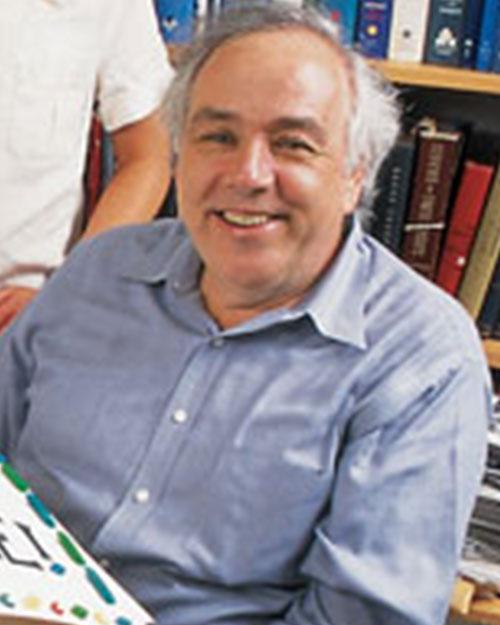
Marty Guterman, Former Faculty
Marty Guterman came to Tufts as an Instructor in 1966. After he completed his Ph.D. at Cornell in 1968, he was promoted to Assistant Professor; he became Associate Professor in 1972 and Professor in 1987. Professor Guterman's research was in a branch of mathematics called group theory. Group theory is the study of symmetry, and is of fundamental importance in mathematics and theoretical physics. Professor Guterman's major research papers were part of one of the largest mathematical enterprises in twentieth century mathematics, the classification of finite simple groups, producing a "periodic table" of the "elements" from which all finite groups are composed. This project involved the combined efforts of well over 100 mathematicians by the time it was completed in the mid-1980s. Marty's major contribution to the project was to study the structure of the exceptional Lie groups of type F4F4 defined over a finite field of characteristic two.
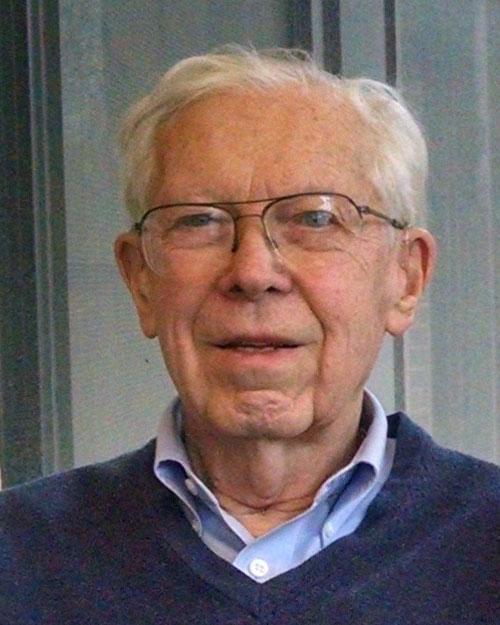
William Reynolds, William Walker Professor of Mathematics Emeritus
William F. Reynolds was named the William Walker Professor of Mathematics at Tufts University, where he served as scholar, teacher and administrator for over 41 years.
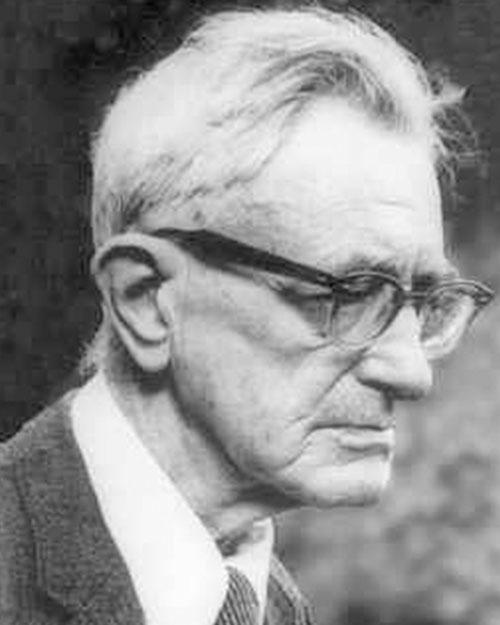
Dirk Jan Struik, Friend of Math Department
Dirk Struik, a highly respected analyst and geometer, and an internationally acclaimed historian of mathematics, was a good friend of the Mathematics Department at Tufts, and of the Tufts alumnus Norbert Wiener. The two were colleagues at MIT from 1926 until Wiener's death. Struik was born in the Netherlands in 1894. He attended school and obtained his doctorate there and married in 1923. The Struiks went to Rome and Göttingen where they met Norbert Wiener, who in 1926 got Struik to come to MIT.
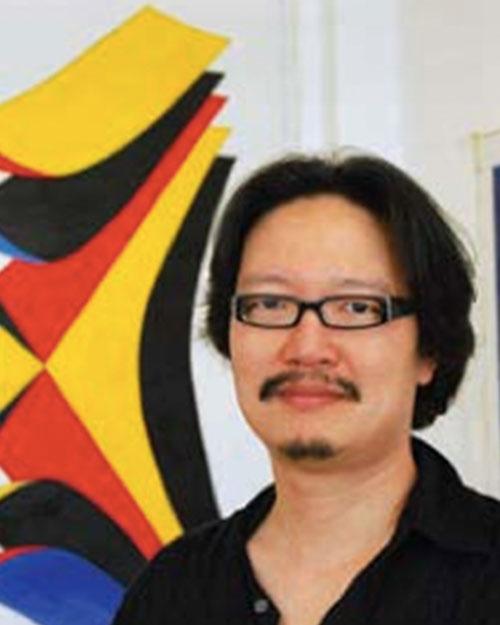
Lun-Yi Tsai, Alumnus
Born In Cambridge, Massachusetts, Lun-Yi Tsai, A92, grew up in Paris, where his father, a kinetic sculptor had a studio in New York City's Soho. After Tufts, he received a master's in Mathematics from the University of Pittsburgh and spent six years living, working, and making art in China. In 2008, he was a Karl Hofer Gesellschaft Artist In Residence In Berlin.
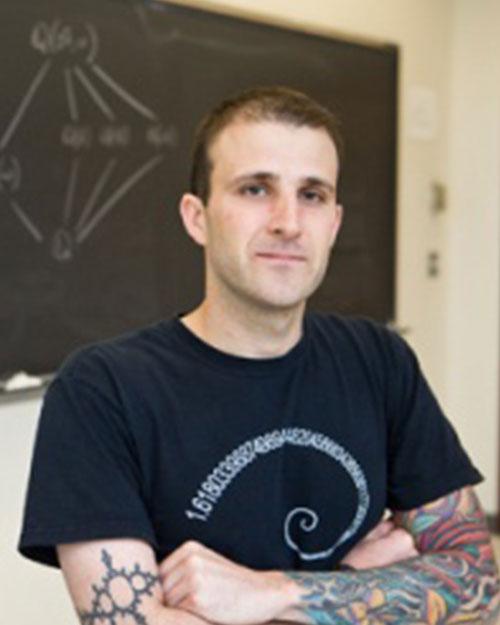
Matt Weiser, Alumnus
REAL student Matt Weiser's path to Tufts was almost as circuitous as the advanced math he studies—and just as enriching. In his former life as a letter carrier in Brockton, Mass., Matt Weiser really didn't see himself becoming a mathematics scholar. But at Commencement, Weiser, a student in the Resumed Education for Adult Learners (REAL) program, graduated with the Class of 2010 as the top senior in the mathematics department in the School of Arts and Sciences.
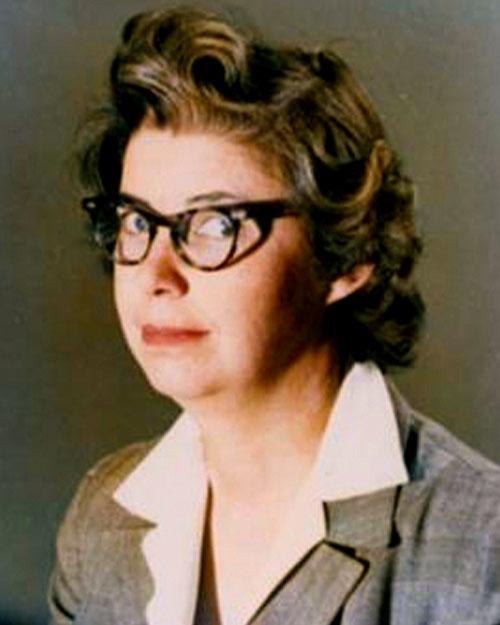
Kay Whitehead, Former Faculty
Kay Whitehead (Kathleen Butcher Whitehead) died on April 18, 2009 in her home at the age of 88. Kay was born on November 9, 1920, in Shelborne, Ontario. She received a BA from Queens University in Ontario in 1942, an M.A. from Smith College in 1943 and a PhD in mathematics from the University of Michigan in 1946, having specialized in topology. In 1947 she married George Whitehead, also a topologist, who served on the MIT faculty 1949-1985, and who died in 2004. Kay held positions at Wellesley 1947-1949, Brown 1949-1950, Smith College 1949-1950, Boston University 1950-1951, and Brandeis 1951-1958 before joining the mathematics department at Tufts University. Here she served as Undergraduate Coordinator. Her appointments were as Lecturer (1960-1962), Assistant Professor (1962-1976) and Senior Lecturer (1976-1985). As of 2012, the Tufts mathematics department has 18 faculty on the tenure track or tenured, and 6 of them are women; in her time Kay was a pioneer. In her case, Tufts University ignored an informal rule against keeping non-tenured personnel for more than seven years. Until the 1970s, she was repeatedly given one-year contracts. Kay retired in 1985 when her husband did. She is well-remembered in the Tufts Department of Mathematics, and the couple returned for occasional visits in their years of retirement.
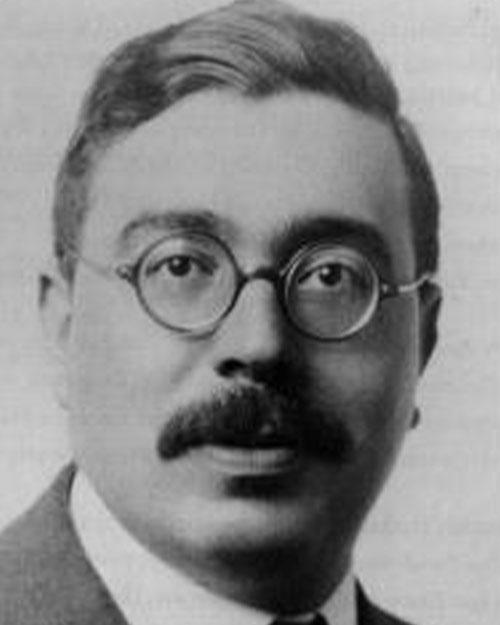
Norbert Wiener, Alumnus
To celebrate our distinguished alumnus, the Tufts University Mathematics Department has instituted the Norbert Wiener Lectures, initially funded by an anonymous gift to the University, as well as the Wiener Award for an especially gifted student. Norbert Wiener may be the Tufts alumnus of most enduring fame. He was a world-renowned mathematician and founder of the science of cybernetics and made some of the most important contributions to mathematics in the 20th century. Wiener was born in Columbia, Missouri, November 26, 1894. His father, Leo Wiener, was a Russian who became a self-taught philologist of importance, acquiring a chair in Slavic languages at Harvard soon after Norbert's birth. Wiener's mother Bertha was born in Missouri. The father personally took charge of his son's education, and Norbert was home-schooled until enrolling in high school in Ayer, Massachusetts, near his family's home in the rural town of Harvard, Massachusetts.